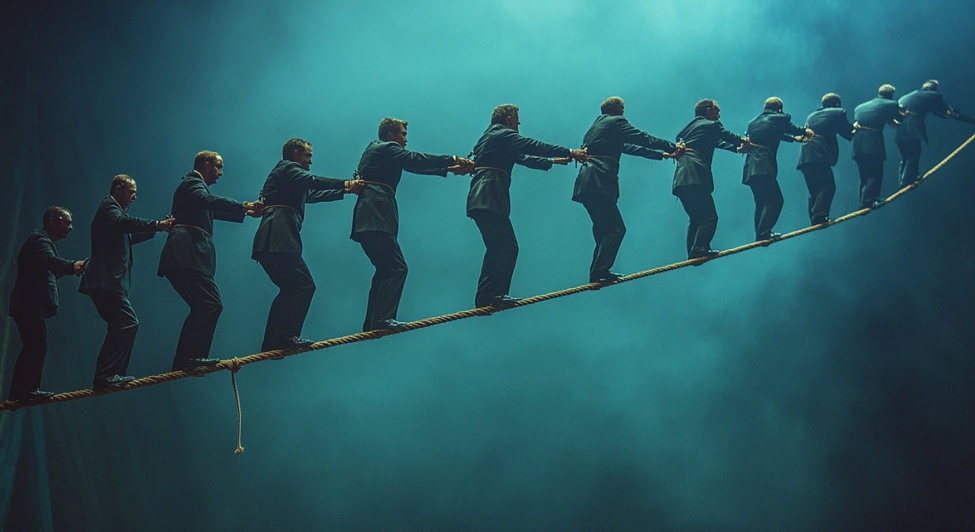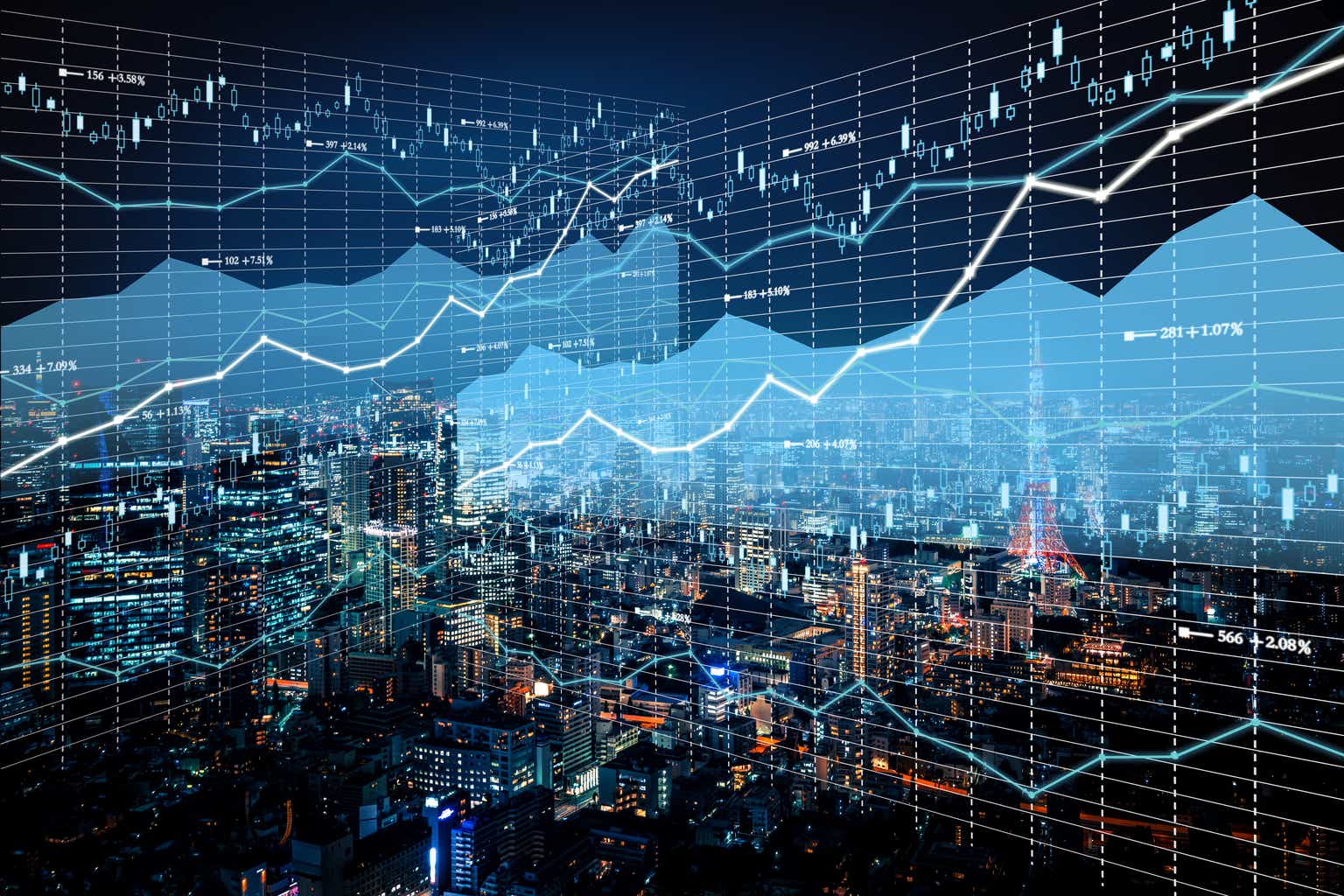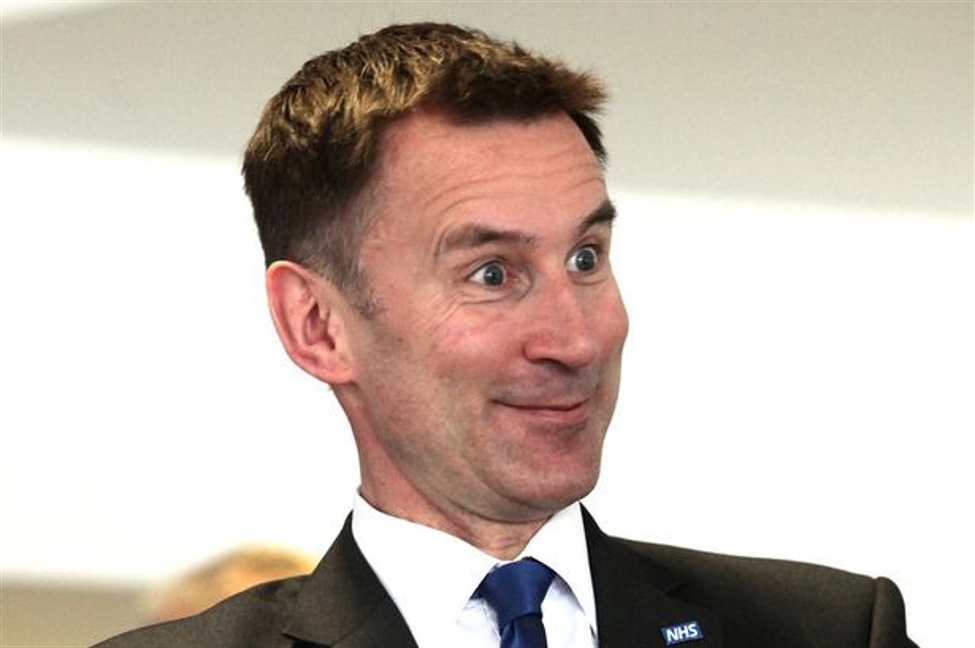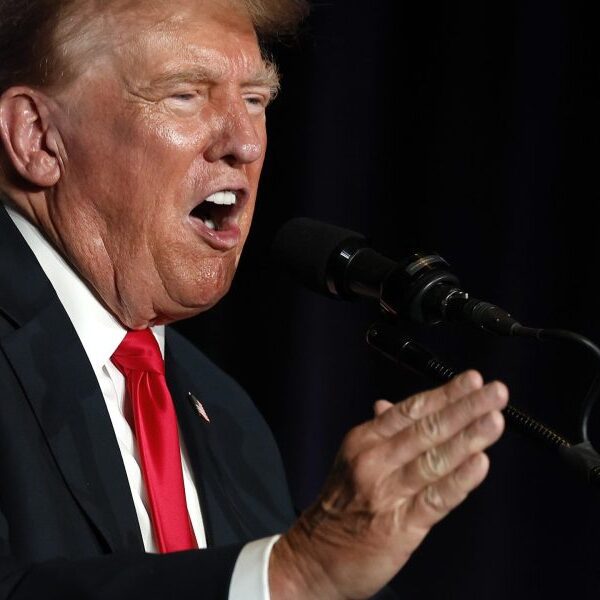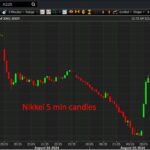When I think about modern markets and compare them to the pre-financial crisis era two things stick out:
1) There is far too much leverage
This comes up again and again. I thought (hoped?) that people would have learned their lesson in the GFC, covid or the post-covid inflation but it’s getting worse. It’s not just margin debt but synthetic debt in the form of options and derivatives. It’s a house of cards and the liquidity is never there when you need it.
Bill Gross is just out with a tweet making the same point:
2) The hive-mind
The online world seems to get smaller and smaller. Despite the democratization of the internet, people cling to a small number of voices and themes. The upshot is that this creates massive market trends and everyone piles into the same trades, taking valuations way beyond reasonable levels at times, including in the FX market. Everyone thinks they’re an independent thinker but most people come to the same conclusions and the price action looks like validation.
Then it all unwinds.
I highlighted in early July that the buying in the Russell 2000 didn’t look authentic. People were trying to pin it in Fed cuts and cyclicality but it looked more like an unwind of the short-Russell/long-tech trade. In fact, most of the moves of the past month or two now look like steady unwinds of crowded trades. It was somewhat orderly but with the crack in the yen carry trade, it’s become disorderly.
We can get into the why it’s happening but it doesn’t take a pandemic, war, bank failure to make it happen. The takeaway is that this is going to keep happening again and again because modern market structure and social dynamics make it inevitable.
The current market structure, combined with modern social dynamics, creates a cycle that’s bound to repeat:
- Leverage builds up
- Hive-mind thinking leads to crowded trades
- Valuations reach unsustainable levels (with the Cathie Wood’s of the world there to justify them)
- An unpredictable catalyst triggers unwinding
- The cycle resets and begins anew, particularly if the Fed cuts to zero

